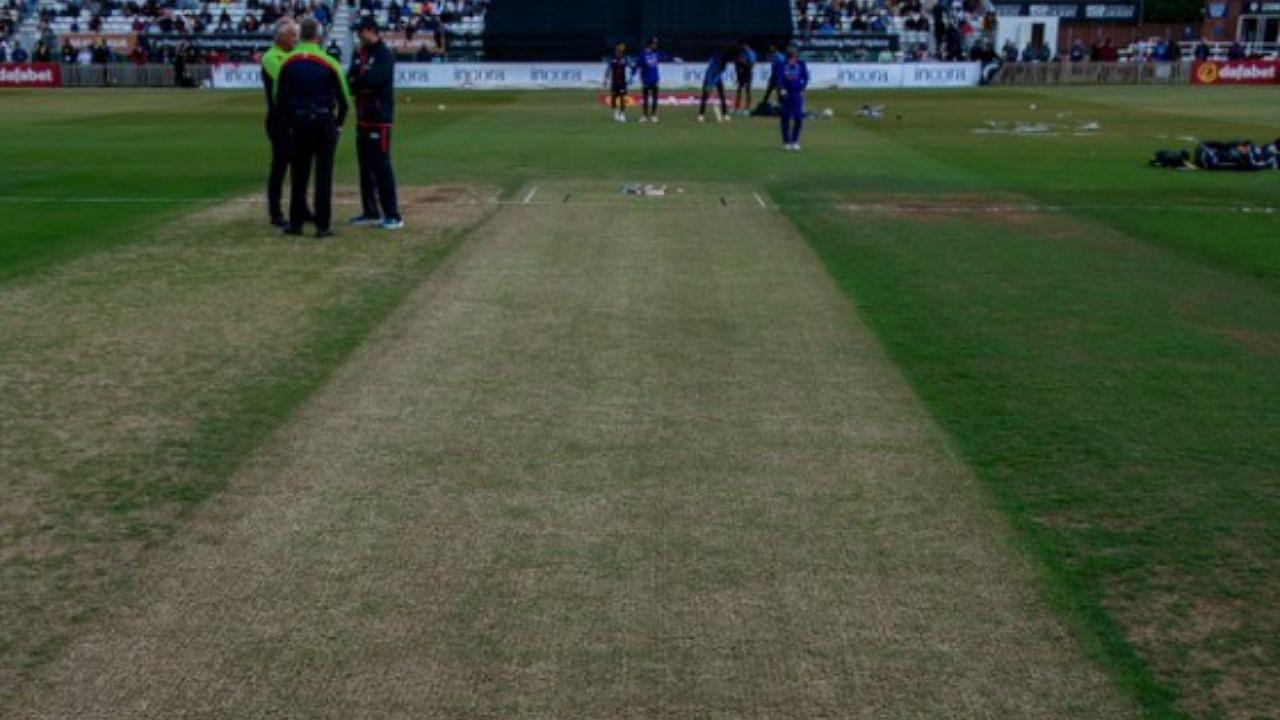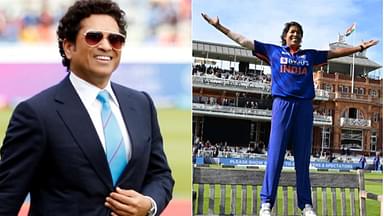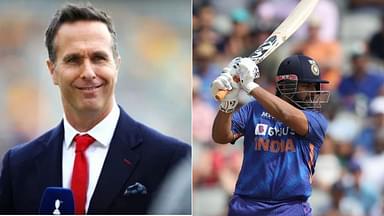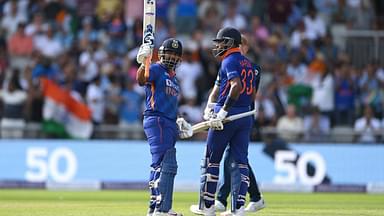Hybrid pitch meaning: The Hybrid pitches might well be the future in the game of Cricket as well, with more and more T20 matches in store.
Advertisement
During the first T20 warm-up match between India and Derbyshire at the County Ground in Derby, the Indians, led by wicket-keeper batter Dinesh Karthik prevailed by seven wickets, to commence their limited Overs format preparation in style ahead of the imminent three-match ODI and T20I series against England.
Notably, yesterday was the first occasion when the Derbyshire County Cricket Club had hosted a match using a hybrid pitch.
While Derbyshire managed to post 150/8 in their first innings, the Indians comfortably chased the total down with 20 deliveries to spare, and seven wickets in hand.
History being made at Derby tonight…for the first time @DerbyshireCCC are hosting a match using a hybrid pitch. Five per cent of this pitch consists of synthetic grass stitched into the surface…@BenjaminJJ03 @ngodders (did I get that bit right chaps??) pic.twitter.com/sqRtIHEd6s
— David Griffin Photography (@dgriffinpix) July 1, 2022
Hybrid pitch meaning
The preparation of a Hybrid pitch involves the technique of stitching polyethylene yarn onto the pitch’s natural grass. The resultant pitch is thus comprised of 95% natural and 5% artificial grass.
Having been used successfully to create Football and Rugby pitches, the Hybrid pitch has not been approved for use on a Cricket field as far as the international matches are concerned.
Although one still needs to prepare a hybrid pitch akin the natural Cricket pitch, the former reduces preparation times for each pitch and cuts the renovation time from six or seven weeks to four or five.
What is hybrid pitch in Cricket?
The standout qualities of a hybrid Cricket pitch is its longevity and quick recovery time. Subject to wear and tear after a considerable period of time and successive matches, these pitches are considered to be ideal for the T20 format tournaments when matches are required to be played on a particular pitch within a few hours gap.
The one demerit, however is that these hybrid pitches tend to dry out quicker and therefore need more water than a natural pitch.
Hybrid pitches have already been approved by the ECB for its One Day Cup, the Vitality Blast and all formats of second eleven cricket. ECB’s National Performance Centre in Loughborough, Nottinghamshire’s Trent Bridge, and practice pitches at Lord’s, the Oval and other Test venues have such hybrid pitches in place for quite some time now.




